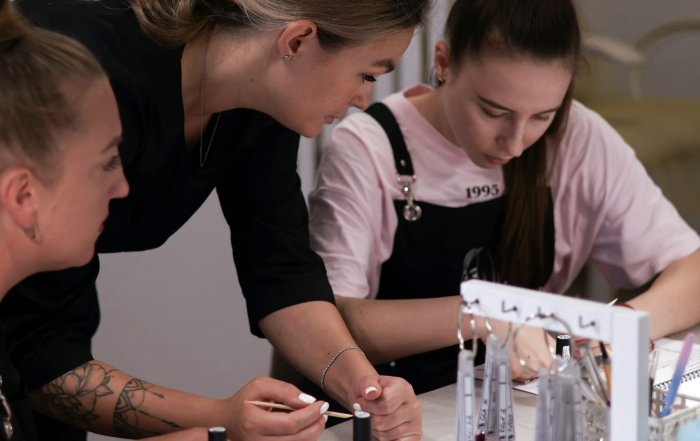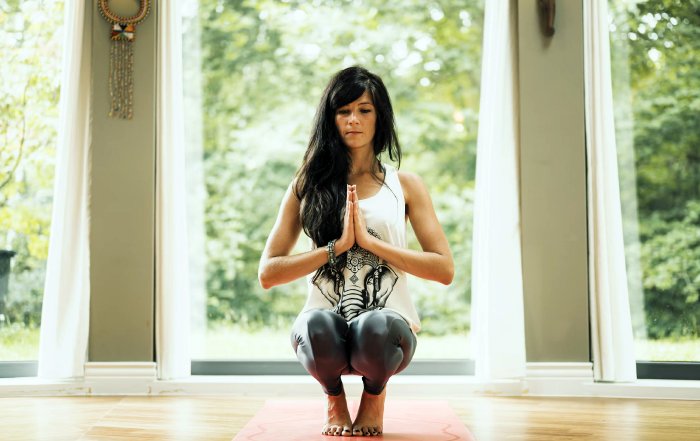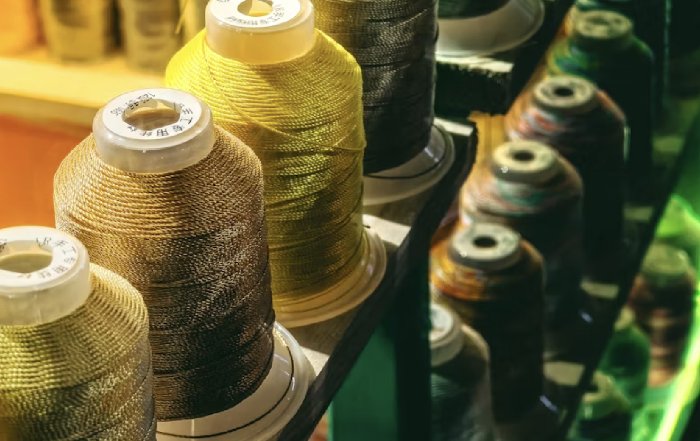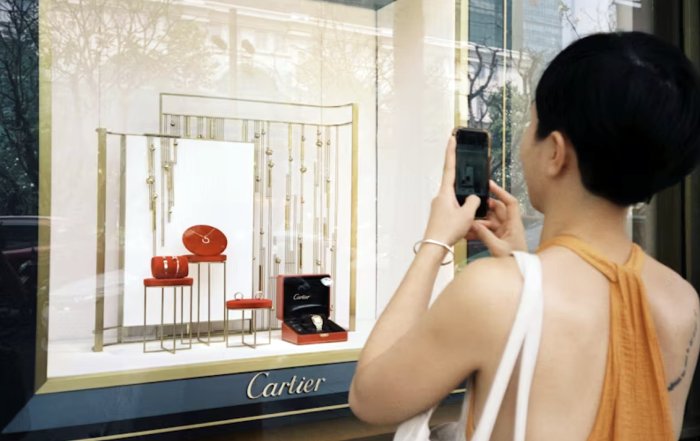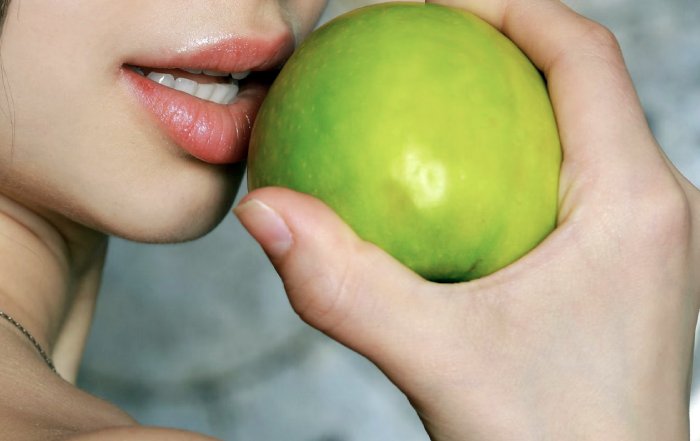How Nutrition Science Shapes Modern Wellness Brands in 2025
The New Foundation of Wellness: Evidence Before Aesthetics
In 2025, the global wellness economy has moved decisively beyond aspirational imagery and vague promises. Modern consumers in the United States, Europe, Asia and across emerging markets now evaluate beauty and wellness brands through the lens of scientific credibility, ingredient transparency and measurable outcomes. For BeautyTipa and its readers, this shift is not merely a trend but a structural transformation in how beauty, skincare, wellness and even fashion intersect with nutrition science to define a new standard of health-focused living.
As nutrition research has accelerated, drawing on advances in genomics, microbiome analysis and metabolic science, wellness brands have been compelled to align their product development and marketing strategies with robust evidence. This has reshaped everything from skincare routines and dietary supplements to functional foods and beauty-from-within concepts that sit at the intersection of aesthetics and health. Readers who explore the broader wellness ecosystem on BeautyTipa, from beauty and skincare to food and nutrition, are now navigating a marketplace where nutritional claims are increasingly scrutinized by regulators, healthcare professionals and informed consumers alike.
From Fad Diets to Evidence-Based Nutrition
The wellness industry of a decade ago was heavily influenced by short-lived diet fads and unverified detox programs. By contrast, the 2025 landscape is dominated by a more rigorous, evidence-based approach, informed by institutions such as the World Health Organization and the U.S. National Institutes of Health, which regularly publish evolving guidance on dietary patterns, micronutrient needs and chronic disease prevention. Those who wish to understand global dietary recommendations increasingly consult resources such as the WHO nutrition pages or the NIH Office of Dietary Supplements, and brands now know that any serious wellness positioning must be reconcilable with this body of knowledge.
In this environment, wellness brands that once built narratives around extreme restriction or single "miracle" ingredients are being replaced or reformed by companies that emphasize balanced eating patterns, nutrient density and long-term metabolic health. This shift has been reinforced by large-scale studies on dietary patterns, such as those summarized by the Harvard T.H. Chan School of Public Health, where readers can learn more about healthy eating patterns. The new generation of brands is increasingly referencing Mediterranean-style diets, plant-forward eating and whole-food approaches rather than promising rapid transformations based on anecdotal evidence.
Nutrition as the Backbone of Beauty-From-Within
One of the most visible areas where nutrition science is reshaping wellness brands is the beauty-from-within category, which connects ingestible products to skin, hair and overall appearance. On BeautyTipa, readers interested in skincare and makeup are increasingly encountering brands that pair topical serums with nutritional supplements, collagen powders or functional beverages that claim to support dermal health from the inside out.
The scientific basis for these claims is more substantial today than it was a few years ago, although it remains uneven across categories. For example, research summarized by the British Journal of Dermatology and organizations like the American Academy of Dermatology has explored the roles of vitamins C and E, omega-3 fatty acids and antioxidants in supporting skin barrier function and mitigating photoaging. Consumers and brand developers alike can explore dermatology guidance on diet and skin to understand which claims are supported by controlled studies and which remain speculative.
Collagen supplements, once considered a niche product, have become mainstream in markets such as the United States, Germany, South Korea and Japan, driven by clinical data suggesting modest benefits for skin elasticity and hydration in certain populations. At the same time, leading dermatologists and nutrition scientists emphasize that no ingestible can compensate for a diet lacking in overall protein, essential fatty acids and micronutrients, which is why forward-thinking brands now design product portfolios that sit within a broader lifestyle framework rather than presenting a single supplement as a stand-alone solution.
The Microbiome: From Buzzword to Strategic Pillar
Another profound influence of nutrition science on modern wellness brands is the rise of microbiome-focused products. Over the past decade, research institutions and organizations such as the National Institutes of Health Human Microbiome Project and the European Molecular Biology Laboratory have helped uncover the complex relationship between gut bacteria, immune function, mental health and skin conditions. Those interested in the scientific underpinnings can explore microbiome research overviews.
In response, wellness brands across North America, Europe and Asia have rapidly expanded their offerings of probiotics, prebiotics and synbiotics, often positioned for benefits ranging from digestive comfort to clearer skin and improved mood. However, the leading companies in this space have learned that consumers are no longer satisfied with generic "good bacteria" claims. Instead, they demand strain-specific evidence, clear dosage information and transparent communication about the limitations of current science.
Beauty and skincare brands in particular are integrating microbiome concepts into both ingestible and topical product lines, emphasizing the skin-gut axis and the role of diet in modulating inflammation and barrier function. For readers of BeautyTipa who follow technology in beauty and emerging trends, microbiome diagnostics and personalized probiotic regimens represent a convergence of biotechnology, nutrition and beauty that is likely to define premium offerings in the coming years.
Personalized Nutrition and the Rise of Data-Driven Wellness
Perhaps the most transformative development in 2025 is the maturation of personalized nutrition, which leverages genetic testing, wearable devices and continuous metabolic monitoring to tailor dietary guidance. Companies in the United States, United Kingdom, Germany, Singapore and South Korea are building platforms that translate data from blood glucose sensors, sleep trackers and microbiome tests into individualized recommendations for macronutrient ratios, meal timing and supplement use.
This movement is grounded in research from institutions such as Stanford Medicine and King's College London, where large-scale trials have examined how individuals respond differently to the same foods based on genetics, microbiome composition and lifestyle factors. Those seeking an overview of precision nutrition can review insights from Stanford's nutrition science initiatives. Wellness brands that incorporate these findings are positioning themselves as long-term partners in health rather than one-size-fits-all product providers, offering subscription models, digital coaching and integrated product ecosystems that span food, supplements and skincare.
For BeautyTipa, which serves readers interested not only in beauty but also in health and fitness and routines, this shift highlights a crucial insight: the most effective wellness strategies in 2025 are those that recognize individual variability while still respecting the foundational principles of sound nutrition science. Personalized nutrition does not replace evidence-based guidelines; it refines them for specific contexts.
Regulatory Scrutiny and the Demand for Trustworthiness
As nutrition science becomes more central to brand positioning, regulatory agencies have intensified oversight, particularly in major markets such as the United States, European Union, United Kingdom and Australia. Authorities like the U.S. Food and Drug Administration, the European Food Safety Authority and the UK's Food Standards Agency have issued more explicit guidance on what constitutes acceptable health and nutrition claims for supplements, functional foods and cosmetics with ingestible components.
Brands that wish to operate credibly in this environment must align their messaging with the kinds of substantiation recognized by these regulators. Those who wish to understand the evolving standards can review EFSA's guidance on health claims or explore FDA resources on dietary supplements. For wellness entrepreneurs and executives who follow the business and finance insights on BeautyTipa, this regulatory tightening presents both a risk and an opportunity: companies that invest early in rigorous clinical trials, transparent labeling and responsible communication can differentiate themselves in a crowded marketplace and build durable trust with consumers and investors.
In 2025, trustworthiness is no longer a soft attribute; it is a measurable business asset. Consumers in markets as diverse as Canada, France, Brazil and South Africa are increasingly aware of greenwashing and "science-washing," and they use tools such as independent ingredient databases and third-party certifications to validate brand claims. Organizations like ConsumerLab, NSF International and Informed Choice provide testing and certification services that have become important signals of quality for discerning buyers.
The Business Case for Science-Led Wellness Brands
Behind the consumer-facing narratives, a strong commercial logic is driving the embrace of nutrition science. Global market analyses from organizations such as the Global Wellness Institute and consultancies like McKinsey & Company have documented the rapid growth of sectors such as functional nutrition, beauty-from-within and personalized health services, particularly in high-income regions and rapidly developing Asian markets. Executives and investors who wish to understand these dynamics often review wellness economy reports or consult analyses of the beauty and wellness sector.
Brands that invest in research and development, clinical partnerships and scientific advisory boards are better positioned to capture premium price points and global distribution opportunities. Retailers in North America, Europe and Asia-Pacific increasingly require substantiation for functional claims before listing products, and digital marketplaces are tightening their policies around health-related advertising. As a result, the most successful wellness brands in 2025 tend to be those that treat nutrition science not as a marketing add-on but as a core strategic competency.
For readers of BeautyTipa who are exploring jobs and employment opportunities in wellness, this evolution is creating new roles for nutrition scientists, regulatory specialists, clinical research managers and data analysts within beauty and wellness companies. Scientific literacy is becoming a competitive advantage not only for brands but also for professionals who wish to build long-term careers in this sector.
Global and Cultural Perspectives on Nutrition-Led Wellness
While the underlying science of nutrition is universal, the way it shapes wellness brands varies significantly across regions. In Europe, particularly in countries such as Germany, Sweden, Denmark and the Netherlands, there is a strong emphasis on regulatory compliance and clinically substantiated claims, leading brands to focus on standardized extracts, documented nutrient levels and partnerships with local research institutions. In Asia, markets such as Japan, South Korea, China and Thailand are blending modern nutrition science with traditional dietary philosophies, integrating ingredients like green tea catechins, fermented foods and herbal preparations into contemporary formulations that appeal to both local and global consumers.
In North America, especially in the United States and Canada, entrepreneurial wellness brands often move faster than regulatory frameworks, experimenting with novel delivery systems, direct-to-consumer subscription models and integrated digital platforms. However, they are increasingly aware that long-term success requires alignment with mainstream scientific consensus, particularly on issues such as sugar reduction, ultra-processed foods and metabolic health. Those seeking to understand the broader public health context can review guidance from the U.S. Centers for Disease Control and Prevention on nutrition and chronic disease.
In emerging markets across Africa and South America, including countries like South Africa and Brazil, nutrition-led wellness brands are contending with dual challenges: addressing undernutrition and micronutrient deficiencies while also managing the rise of obesity and non-communicable diseases associated with urbanization and Westernized diets. Here, brands that combine accessibility, cultural relevance and scientific rigor have the potential to contribute meaningfully to public health outcomes.
Technology, Data and the Future of Nutritional Innovation
Technology is amplifying the influence of nutrition science on wellness brands in several interconnected ways. First, digital health platforms and apps are making evidence-based dietary guidance more accessible, often integrating with wearable devices and smart kitchen tools to provide real-time feedback on food choices, activity levels and sleep patterns. Second, advances in artificial intelligence and machine learning are enabling companies to analyze large datasets from clinical studies, consumer behavior and biometric tracking to identify patterns that inform product development and personalized recommendations.
Third, biotechnology is opening new frontiers in ingredient innovation, from precision-fermented proteins and bioengineered vitamins to novel prebiotic fibers designed to selectively nourish beneficial gut bacteria. Organizations such as the Food and Agriculture Organization of the United Nations are actively exploring how these technologies can support sustainable food systems, and interested readers can learn more about sustainable food and nutrition initiatives. For wellness brands, these developments offer opportunities to create products that are not only more effective but also more environmentally responsible, aligning with the growing consumer demand for sustainability across beauty, fashion and nutrition.
For the BeautyTipa community, which spans interests from fashion to wellness, this convergence of science and technology underscores an important reality: the boundaries between categories such as skincare, nutrition, fitness and even work-life design are becoming increasingly porous. The most innovative brands are designing ecosystems rather than isolated products, and nutrition is emerging as the unifying thread that connects them.
Practical Implications for Consumers and Professionals
As nutrition science shapes modern wellness brands, both consumers and industry professionals face a more complex but ultimately more empowering landscape. For consumers, especially those who rely on BeautyTipa as a guide to brands and products and guides and tips, the key implication is the need for informed skepticism and a basic understanding of nutritional principles. This means looking beyond front-of-pack claims to examine ingredient lists, dosages, third-party certifications and the quality of scientific references, as well as recognizing that no single product can replace a balanced diet, consistent routines and adequate sleep and movement.
For professionals in product development, marketing, retail and investment, the influence of nutrition science demands a more interdisciplinary approach. Collaboration with registered dietitians, nutrition scientists, dermatologists, psychologists and data scientists is becoming essential to create offerings that are both compelling and credible. Those who wish to deepen their understanding of foundational nutrition concepts can explore educational materials from the Academy of Nutrition and Dietetics, while business leaders may benefit from reviewing OECD analyses on health, nutrition and productivity.
In markets across the United Kingdom, Australia, France, Italy, Spain, Switzerland, Singapore, Malaysia, New Zealand and beyond, the brands that thrive will be those that integrate nutrition science into their DNA, not just their marketing language. They will view each product as part of a broader lifestyle architecture that supports physical health, mental resilience and aesthetic confidence, recognizing that consumers increasingly evaluate beauty and wellness through the same lens they apply to medical advice and financial planning: credibility, transparency and long-term value.
How BeautyTipa Sits at the Intersection of Nutrition and Modern Wellness
For BeautyTipa, the evolution of nutrition science from a niche interest to a central driver of wellness brands is not an abstract trend but a lived reality that shapes editorial choices, brand collaborations and the type of guidance offered to readers worldwide. Whether the topic is a new ingestible skincare launch, a wellness retreat in Europe, a fitness trend in North America or an innovative functional food brand from Asia, the underlying question is always the same: how does this align with the best available evidence on nutrition and health, and how can it be integrated into real lives and routines?
By curating content that spans beauty, wellness, skincare, routines, business, technology and global perspectives, BeautyTipa aims to help readers navigate a marketplace that is rich with innovation but also crowded with competing claims. As nutrition science continues to advance, the platform's role becomes even more critical: translating complex research into actionable insights, highlighting brands that demonstrate genuine expertise and integrity, and fostering a community that values both aesthetic expression and long-term well-being.
In 2025 and beyond, the brands that endure will be those that recognize nutrition not as a passing fascination but as the structural backbone of modern wellness. For the global audience of BeautyTipa, this means that every choice-from skincare serums and supplements to daily meals and movement habits-can be informed by a deeper understanding of how the body works, how nutrients interact and how science can support a more beautiful, resilient life.


